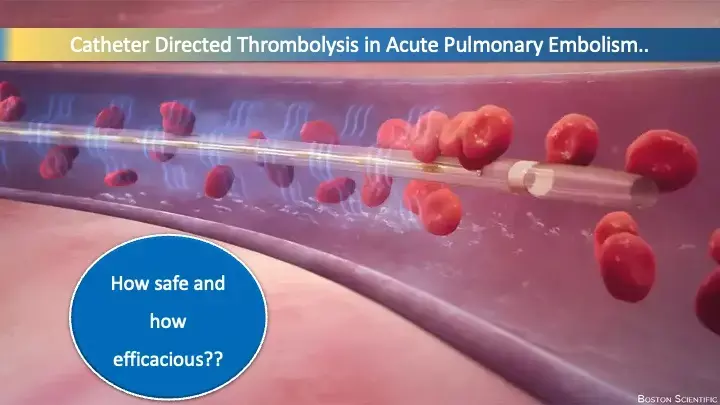- Home
- Medical news & Guidelines
- Anesthesiology
- Cardiology and CTVS
- Critical Care
- Dentistry
- Dermatology
- Diabetes and Endocrinology
- ENT
- Gastroenterology
- Medicine
- Nephrology
- Neurology
- Obstretics-Gynaecology
- Oncology
- Ophthalmology
- Orthopaedics
- Pediatrics-Neonatology
- Psychiatry
- Pulmonology
- Radiology
- Surgery
- Urology
- Laboratory Medicine
- Diet
- Nursing
- Paramedical
- Physiotherapy
- Health news
- Fact Check
- Bone Health Fact Check
- Brain Health Fact Check
- Cancer Related Fact Check
- Child Care Fact Check
- Dental and oral health fact check
- Diabetes and metabolic health fact check
- Diet and Nutrition Fact Check
- Eye and ENT Care Fact Check
- Fitness fact check
- Gut health fact check
- Heart health fact check
- Kidney health fact check
- Medical education fact check
- Men's health fact check
- Respiratory fact check
- Skin and hair care fact check
- Vaccine and Immunization fact check
- Women's health fact check
- AYUSH
- State News
- Andaman and Nicobar Islands
- Andhra Pradesh
- Arunachal Pradesh
- Assam
- Bihar
- Chandigarh
- Chattisgarh
- Dadra and Nagar Haveli
- Daman and Diu
- Delhi
- Goa
- Gujarat
- Haryana
- Himachal Pradesh
- Jammu & Kashmir
- Jharkhand
- Karnataka
- Kerala
- Ladakh
- Lakshadweep
- Madhya Pradesh
- Maharashtra
- Manipur
- Meghalaya
- Mizoram
- Nagaland
- Odisha
- Puducherry
- Punjab
- Rajasthan
- Sikkim
- Tamil Nadu
- Telangana
- Tripura
- Uttar Pradesh
- Uttrakhand
- West Bengal
- Medical Education
- Industry
Catheter directed thrombolysis may lower mortality in acute PE, but at expense of higher bleeding: JACC study

The optimal treatment strategy of intermediate risk patients with pulmonary embolism (PE) remains controversial. Whether to continue with sole anticoagulation (AC) strategy as done with low risk patients or to switch to systemic thrombolysis (ST) as indicated for high risk patients is guided by factors like myocardial strain and hypotension. However the role of more safer catheter directed therapy (CDT) is still not well defined by guidelines.
In this week’s issue of JACC: Cardiovascular Interventions, Zhang et al have published a network meta-analysis to compare the outcomes of anticoagulation (AC) alone, CDT, and ST in the treatment of acute PE. The authors found that compared to AC alone, CDT was associated with a lower risk of mortality, whereas ST was associated with a higher risk of mortality compared to CDT. Notably, this held true even when restricted to the subgroup of patients with intermediate-risk PE.
The analysis included 45 studies that comprised >80,000 patients, including 17 RCTs, 2 prospective nonrandomized studies, and 26 retrospective observational studies. Efficacy outcome was all-cause mortality. Safety outcomes were major bleeding and intracranial hemorrhage (ICH).
The salient findings of the study were:
1. When compared with AC alone, CDT had lower mortality higher major bleeding and numerically higher ICH.
2. ST was associated with no difference in mortality but higher major bleeding (and ICH) compared with AC alone.
3. The risk of mortality and ICH was higher with ST when compared with CDT.
Findings were similar when analysis was restricted to trials of intermediate risk PE.
In conclusion, the data affirm that the best treatment (lowest event rate) for efficacy (all-cause mortality) was CDT, but for safety (major bleeding) the better treatment option was AC alone.
CDT : Still an evolving strategy..
“A notable absence in the analysis is the exclusion of and discussion of aspiration thrombectomy devices, which are gaining momentum in clinical practice with their potentially lower risk of bleeding compared with CDT. Innovations in catheter-based treatments, namely thrombectomy devices, appear to be outpacing societal guidelines”, noted Tefera et al in an accompanying editorial highlighting broader and much safer future applications for CDT.
Ongoing studies are evaluating catheter-based thrombectomy as a thrombolytic-free option for the management of large volume PE. This approach may offer a safe and effective alternative to thrombolytic therapy, especially in patients who are at high risk of bleeding or have contraindications to thrombolytic therapy.
Source: JACC CI:
1. DOI: 10.1016/j.jcin.2023.07.042
2. DOI: 10.1016/j.jcin.2023.08.029
MBBS, MD , DM Cardiology
Dr Abhimanyu Uppal completed his M. B. B. S and M. D. in internal medicine from the SMS Medical College in Jaipur. He got selected for D. M. Cardiology course in the prestigious G. B. Pant Institute, New Delhi in 2017. After completing his D. M. Degree he continues to work as Post DM senior resident in G. B. pant hospital. He is actively involved in various research activities of the department and has assisted and performed a multitude of cardiac procedures under the guidance of esteemed faculty of this Institute. He can be contacted at editorial@medicaldialogues.in.
Dr Kamal Kant Kohli-MBBS, DTCD- a chest specialist with more than 30 years of practice and a flair for writing clinical articles, Dr Kamal Kant Kohli joined Medical Dialogues as a Chief Editor of Medical News. Besides writing articles, as an editor, he proofreads and verifies all the medical content published on Medical Dialogues including those coming from journals, studies,medical conferences,guidelines etc. Email: drkohli@medicaldialogues.in. Contact no. 011-43720751


